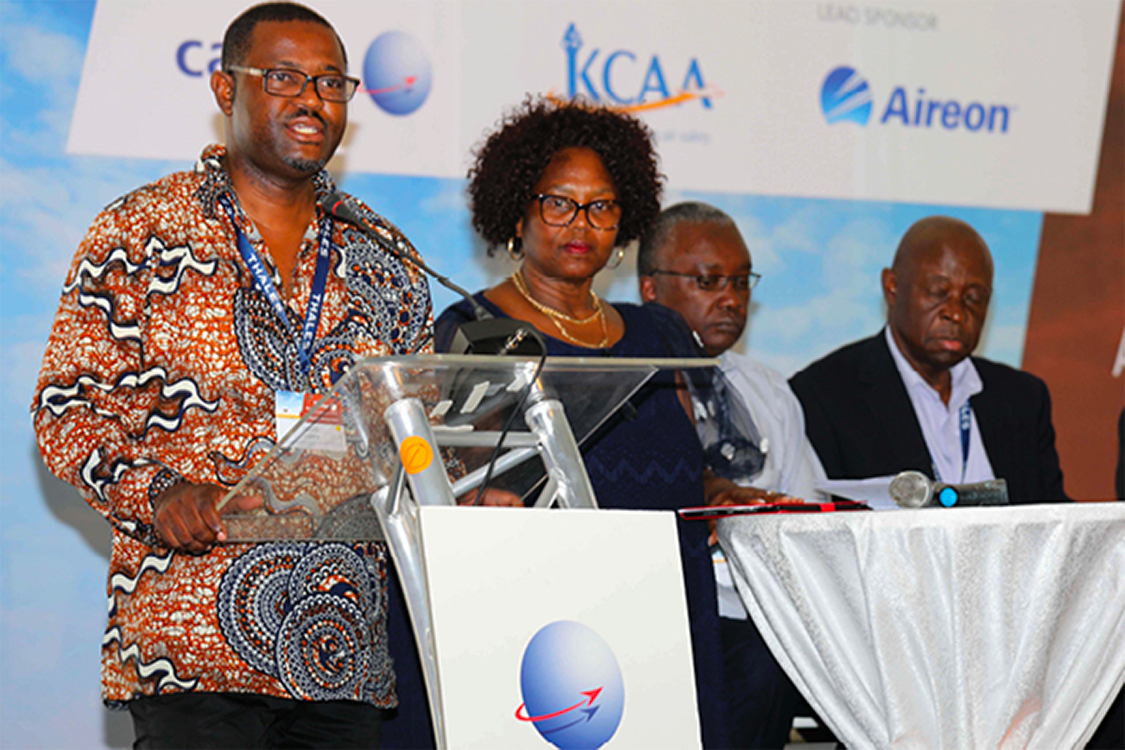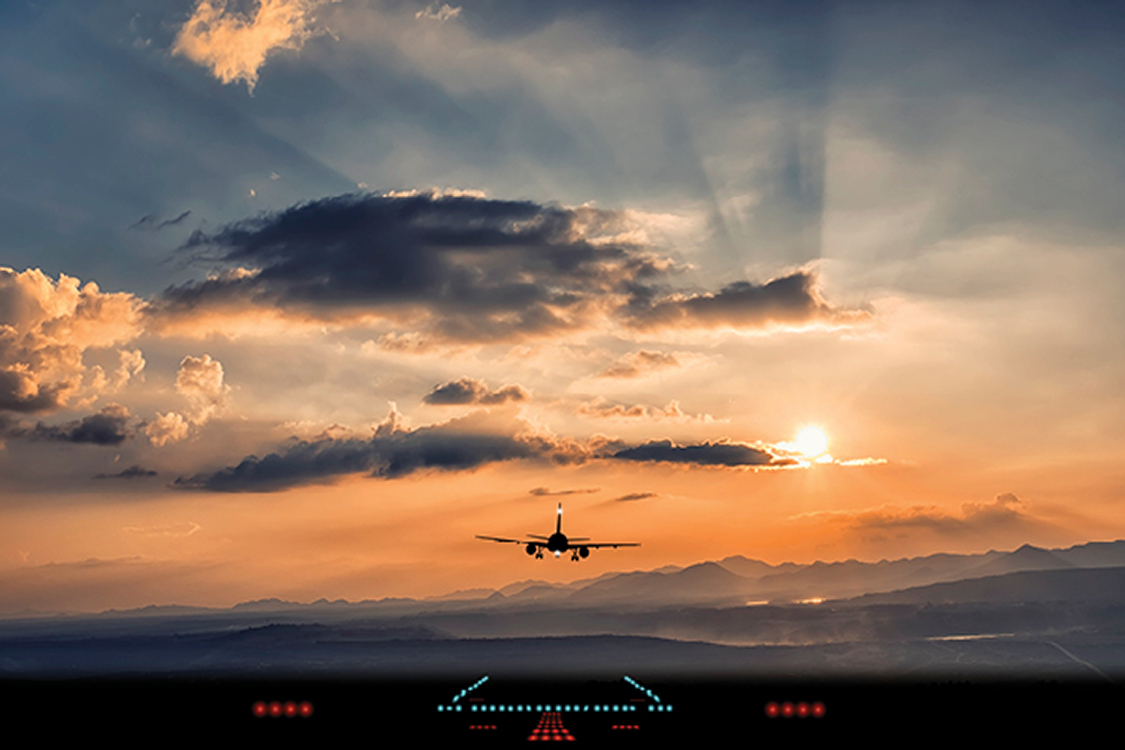Flying high

Clarity on the legal frameworks for suborbital and orbital flights will bring greater integration to the industry’s new normal.
COVID-19 has changed day-to-day aviation but not the overall trajectory of the industry. As new traffic patterns emerge, they will need to accommodate the increase in commercial space activity.
Satellite launches like the recent SpaceX expedition, the United Arab Emirates Mars mission and Internet-providing balloons all need to pass through conventional airspace on their way to operations above FL600.
This often involves a temporary flight restriction (TFR) and a notice to airmen (NOTAM). A typical NASA Shuttle launch, for example, required restricted airspace 30-40 nautical miles long and wide, closing off approximately 1,500 square miles to scheduled civil traffic.
With spaceports proliferating worldwide, all air navigation service providers (ANSPs) need to be aware of the challenge. And they must balance such requirements with changes in normal airspace use following the COVID-19 pandemic.
Moreover, the legal framework and standards governing flights intended for suborbital and orbital journeys need further development.
Defining a boundary
The continuous growth of air and space trafficmeans an integrated approach is needed to account for vehicles, manned and unmanned, heading to and returning from space.
But the two frameworks guiding civil air trafficand space flight have some major differences. In essence, the Chicago Convention talks of airspace and aircraft and a 1967 Outer Space Treaty deals with space and space objects. Somehow, these two high-flying regimes must find common ground.
A crucial difference is sovereignty. Article 1 of the Chicago Convention makes it clear that the airspace above a territory belongs to that territory. The Outer Space Treaty is equally assured in stating that no nation can “claim” space.
Liability is another issue. It lies with the air carrier in the Chicago Convention, with the launching country according to the Outer Space Treaty. Certification, safety standards and – crucially in the modern age – environmental responsibility are other areas in need of harmonisation.
Broadly speaking, there are two approaches to the problem of integrating the two frameworks known as functionalism and spatialism. The former takes the vehicle as a point of reference; is it an aircraft or a space object? The latter looks at where that vehicle is. Neither method has yet won universal approval.
Mission to Mars
The United Arab Emirates has launched its Hope Probe from Japan’s Tanegashima Space Center.
Overseen by a space centre in Dubai, the seven- month, $200m voyage will study the Martian atmosphere and climate, including daily and seasonal changes.
Ultimately, the UAE plans for a Martian settlement.



